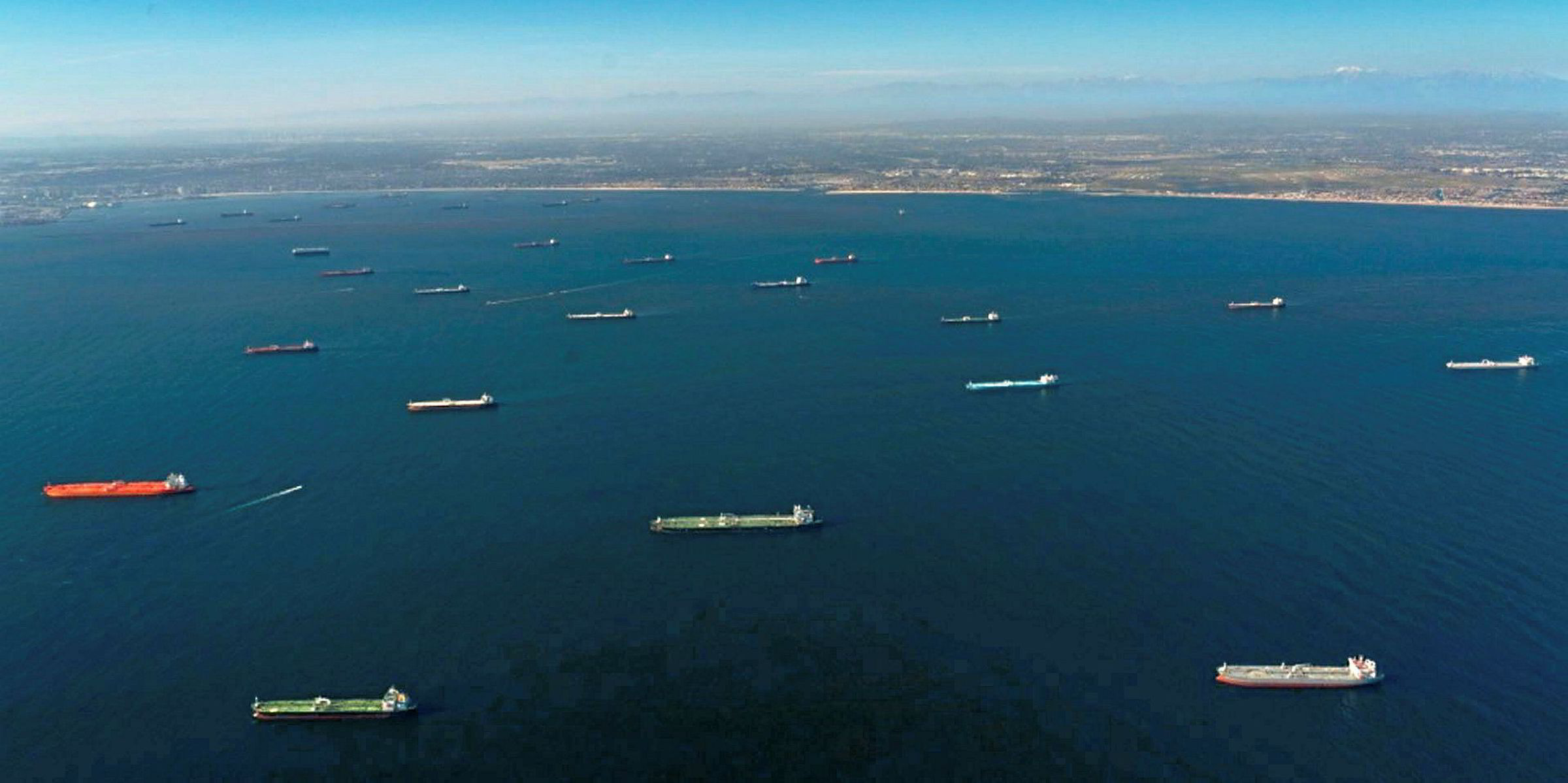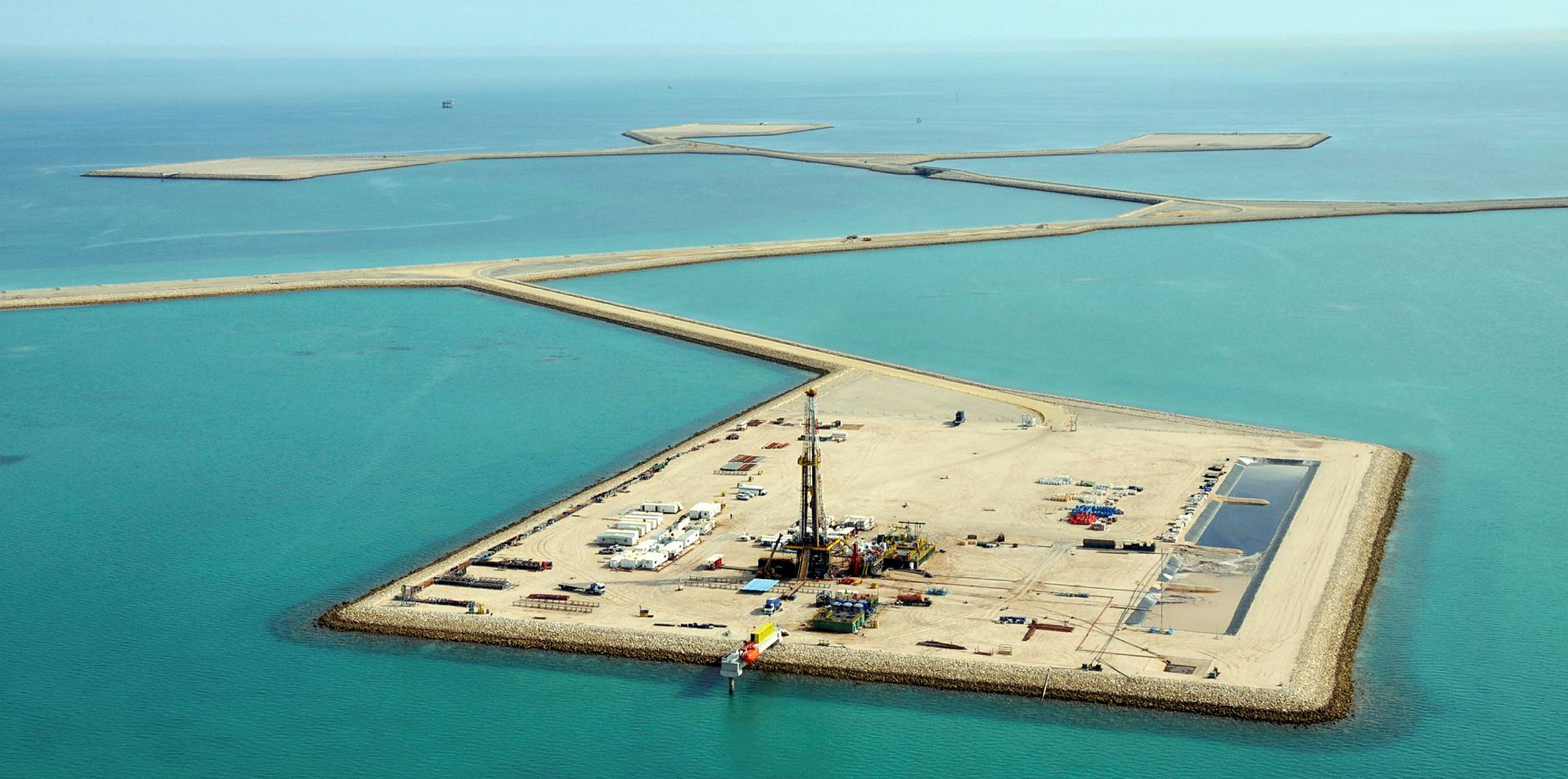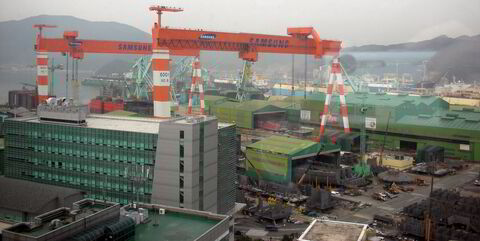An influx of tanker tonnage released from floating storage is pressuring spot rates across all segments, with the oversupply of oil easing amid demand recovery, according to Vortexa.
The contango in crude futures has been flattening this month with more countries relaxing their Covid-19 lockdown measures, reducing incentives for oil firms to keep oil stored at sea.
“Spot freight markets are seeing an influx of tonnage as floating storage tankers discharge cargoes and look to their next voyage,” Vortexa said in a web post.
“As a result, available tonnage across all freight market segments is likely to rise over the month.”
Calculating from vessels stationery for at least seven days, the data firm said 558 tankers totalling 52m dwt were tied up in floating storage as of Wednesday, including 72 VLCCs and 93 LR2s.
While the number of ships remains historically high, Vortexa data shows the VLCC capacity used to store oil has fallen by 2% since end-May, suezmax by 3%, and aframax by 2%.
Panamax and handymax tied up in floating storage has dropped by 5% over the same period.
“This increase in tanker supply, despite the gradual recovery of oil demand, risks dampening freight rates and shipowner earnings,” Vortex said.
Spot VLCC earnings on the benchmark Middle East Gulf-China were $50,179 per day on Thursday, close to the lowest in three months, according to the Baltic Exchange.
Suezmax earnings were assessed at $9,393 per day, an 11-month low. Aframax earnings were $6,475 per day, the weakest since end-August.
Different methodology
In a webinar held on Thursday, Poten & Partners’ global tanker research and consulting manager Erik Broekhuizen also said the amount of oil stored at sea is peaking.
“Crude oversupply has been reduced and concern about land storage has dissipated,” Broekhuizen said.
“The contango play is no longer attractive…The unwinding of floating storage will be a headwind for the tanker market.”
However, using a different methodology, Lloyd’s List Intelligence (LLI) suggested the quantities of crude stored on tankers were still rising and breached the 250m-barrel market as of 5 June.
The Informa unit considers vessels stationery for at least 10 days in loading areas and 20 days in discharge terminals as being utilised for floating storage.
According to LLI data provided by Poten, 52 VLCCs were used to store oil as of 5 June, up 11 over the past week.
“Most are in discharge areas in Asia [such as] Singapore, China, India,” Broekhuizen said.
The number of suezmaxes as floating storage increased by four to 53 in the same timespan. They were more concentrated around Africa and Southern Europe, according to Broekhuizen.
Also, 54 aframaxes were storing oil as of 5 June, nine fewer than the past week. The North Sea saw the largest group of them, with 11 aframaxes recorded in the region, Broekhuizen added.
“Floating storage is dynamic – vessels move in and out all the time,” he said.







